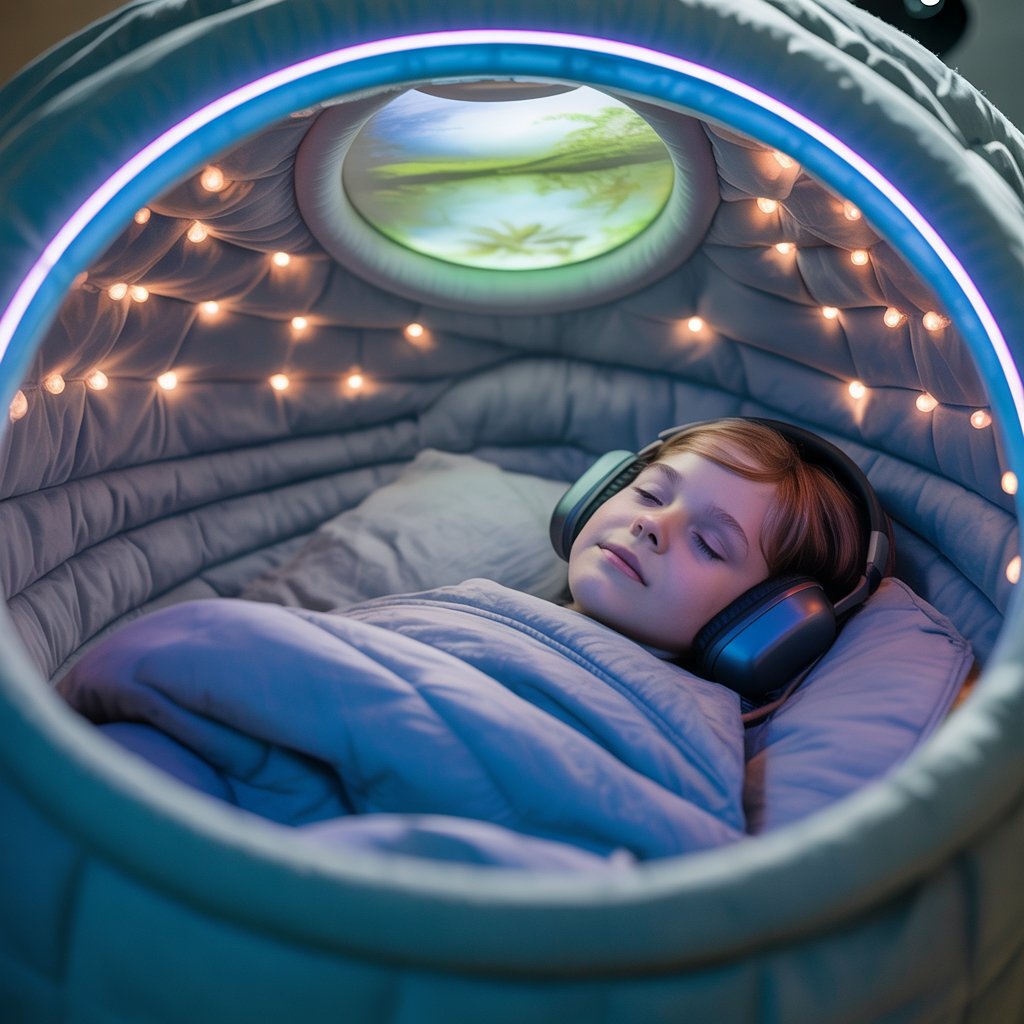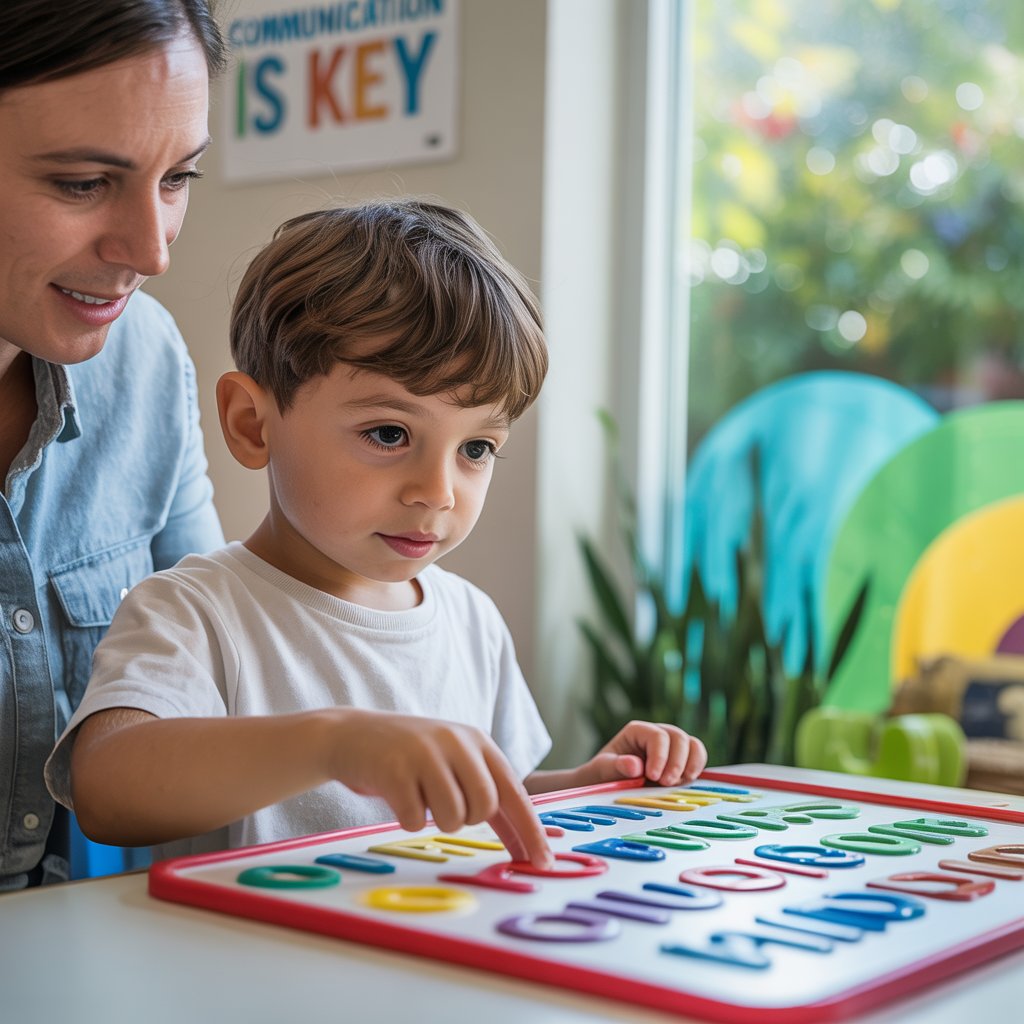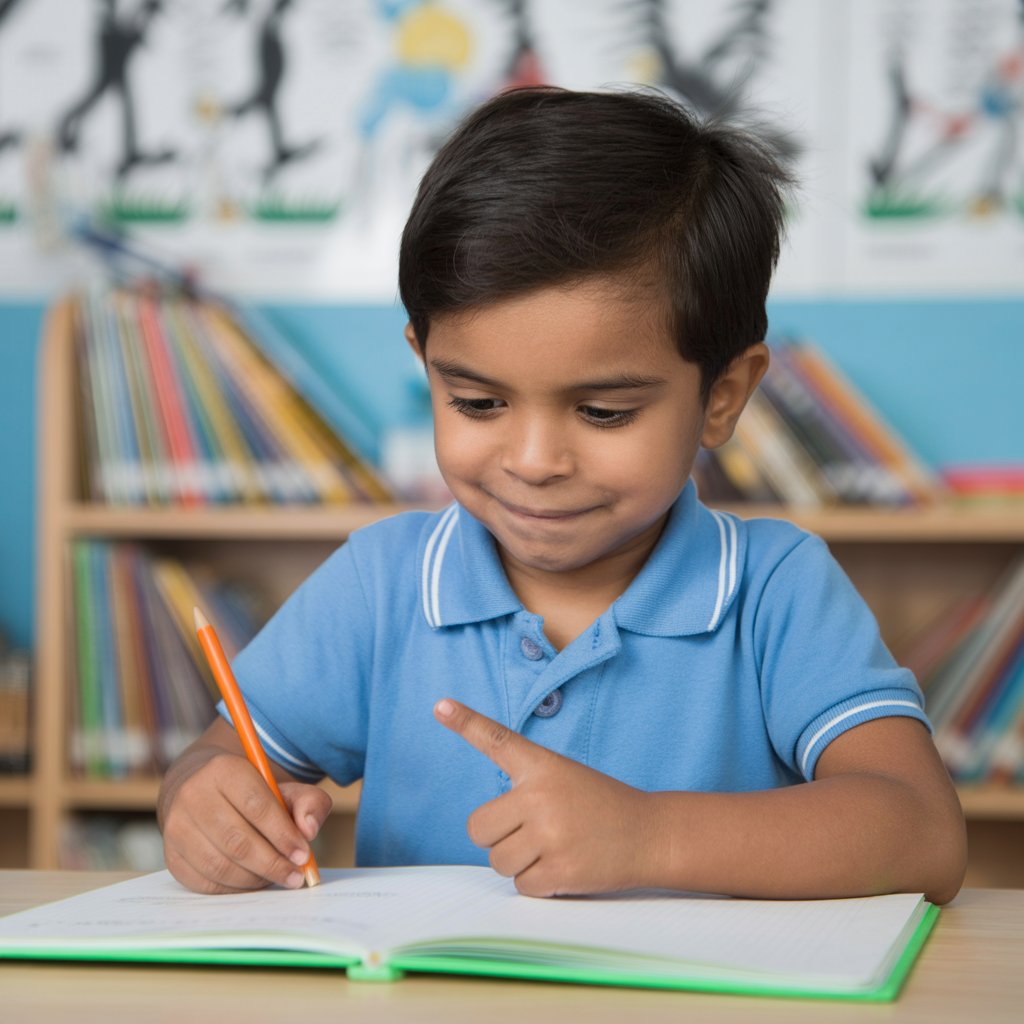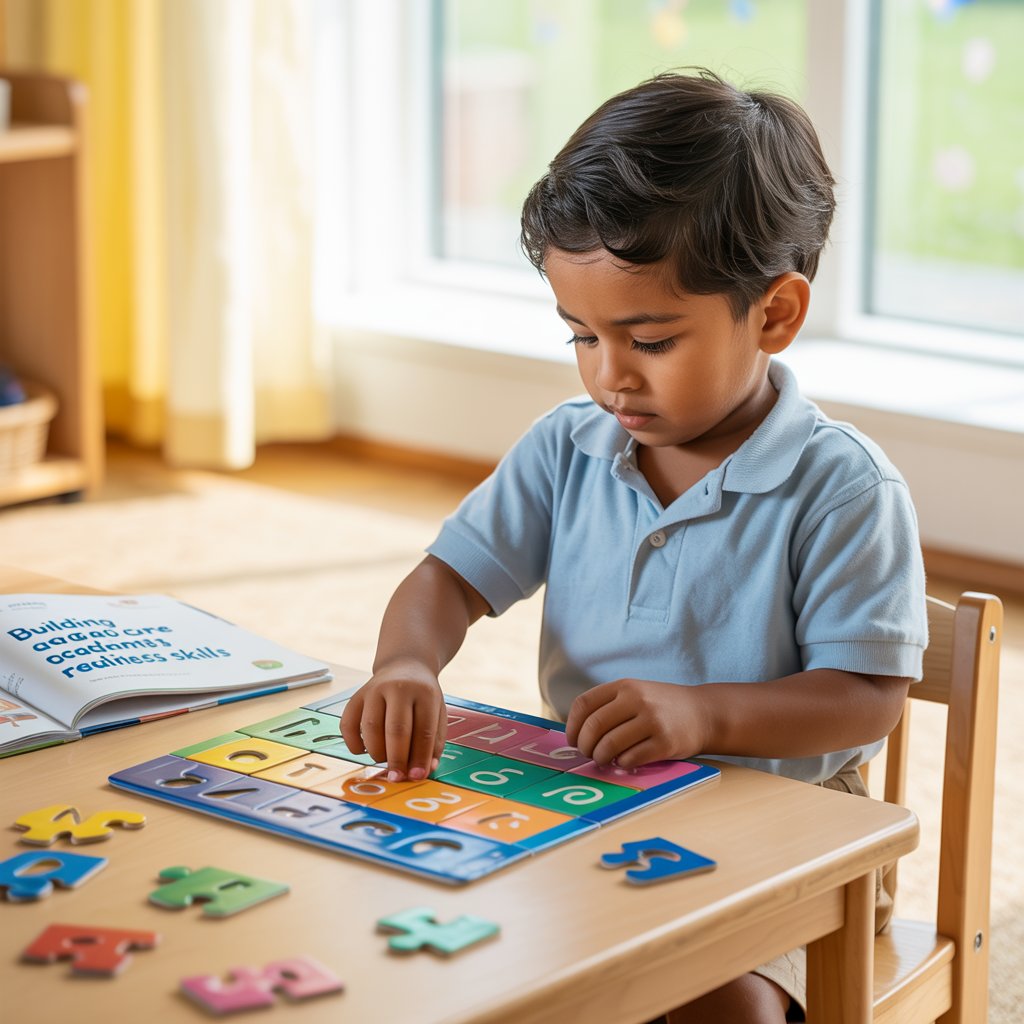Practical Sleep Solutions for Autistic Children by Age Group

Toddler-specific approaches (ages 2-4)
Sleep issues hit differently when your little one is between 2-4 years old. At this age, they're exploring independence while still needing lots of security.
Start with a rock-solid bedtime routine. I'm talking simple steps that happen the same way every single night: bath, pajamas, brushing teeth, a short story, and lights out. Autistic toddlers thrive on this predictability.
Visual schedules work wonders. Create a bedtime chart with pictures showing each step. Your child can see what's coming next, which cuts down on anxiety.
Sensory sensitivities are huge at this age. Try:
- Weighted blankets (toddler-appropriate weight)
- Blackout curtains
- White noise machines
- Pajamas made from fabrics they find comfortable
Transitional objects are gold. A special stuffed animal or blanket can provide comfort when you're not there.
Don't skip the wind-down time. At least 30 minutes before bed, dim the lights and put away stimulating toys or screens.
Elementary age interventions (ages 5-11)
Elementary-aged autistic kids face new sleep challenges. School stress, increasing social awareness, and changing sensory needs can all mess with sleep.
Co-create a bedtime routine with your child. They'll feel ownership and be more likely to stick with it. Maybe they choose the order: shower, then pajamas, then story? Let them have input.
Tackle anxiety head-on. School worries often peak at bedtime. Try:
- Worry journals where they write/draw concerns before bed
- Brief "worry time" discussions (limit to 10 minutes)
- Social stories specifically about sleeping
Exercise matters more now. Make sure your child gets plenty of physical activity, but not within the two hours before bedtime.
Special interests can be incorporated strategically. If they're obsessed with dinosaurs, maybe bedtime reading features dinosaur books, or dinosaur-themed sheets make bedtime more appealing.
Consider melatonin supplements after consulting your doctor. Many parents find this helps their elementary-aged autistic children fall asleep faster.
Teen sleep strategies (ages 12-18)
The teenage years bring a perfect storm of sleep challenges for autistic teens. Puberty shifts their natural sleep cycle later, but morning classes don't care about that biological change.
Respect their growing autonomy while maintaining structure. Work with them to establish a bedtime routine they don't find "babyish" but still provides the structure they need.
Screen management becomes critical. The blue light from phones and computers seriously disrupts melatonin production. Try:
- No screens 1-2 hours before bed (challenging but worth it)
- Blue light filtering glasses if screen time is unavoidable
- Apps that gradually warm screen colors in the evening
Sleep hygiene education works better when teens understand the "why." Explain how sleep affects things they care about: academic performance, emotional regulation, even skin clarity.
Consider their sensory environment through teen eyes. That stuffed animal might be embarrassing now, but maybe a body pillow or weighted blanket provides similar comfort.
Many autistic teens benefit from sleep-tracking apps. The data can help them see patterns and make connections between their behaviors and sleep quality.
Medication discussions should happen with healthcare providers at this age. Some teens may need more support than behavioral strategies alone can provide.







